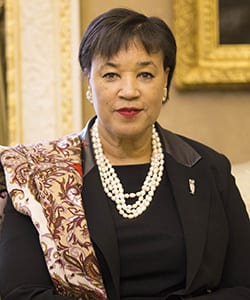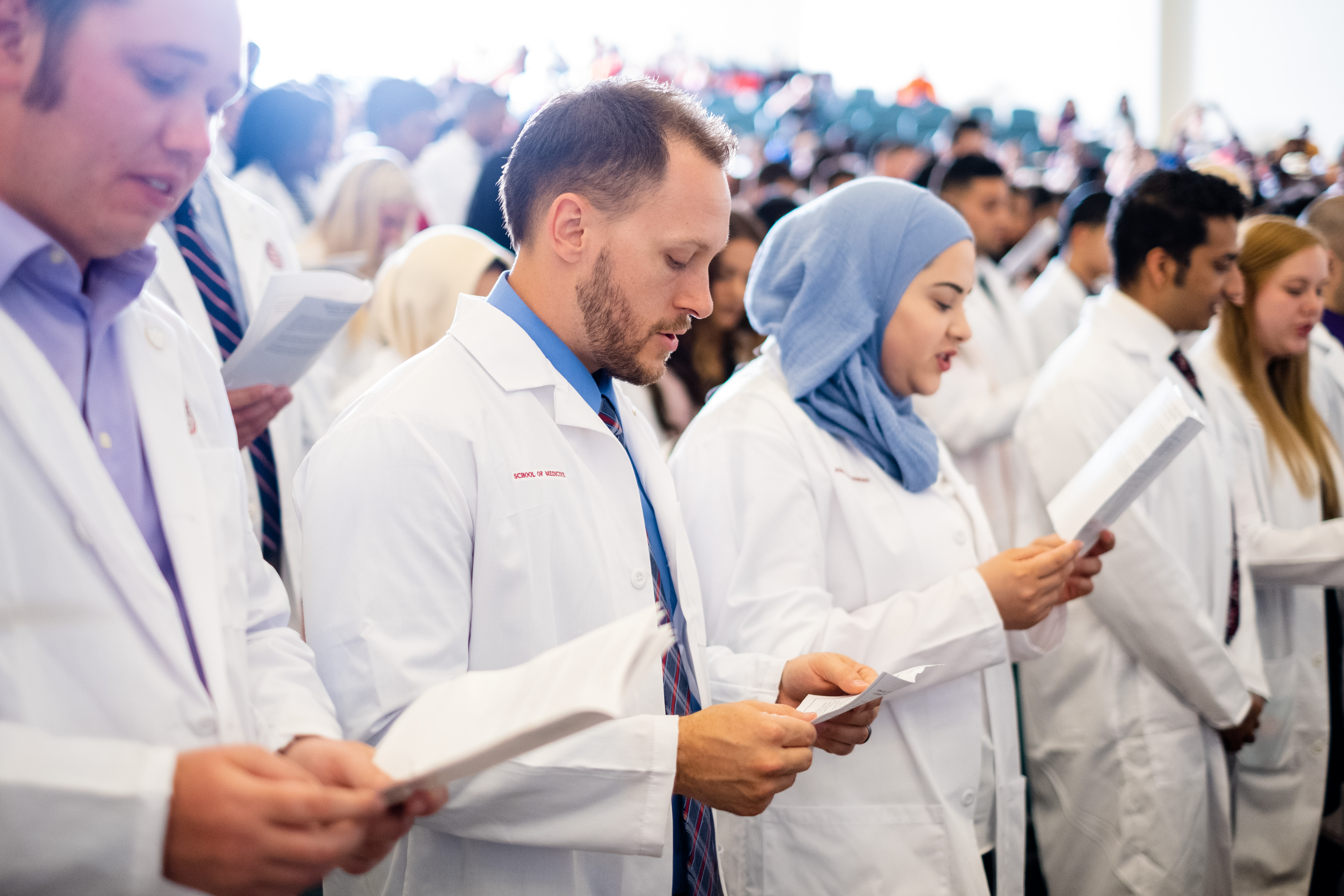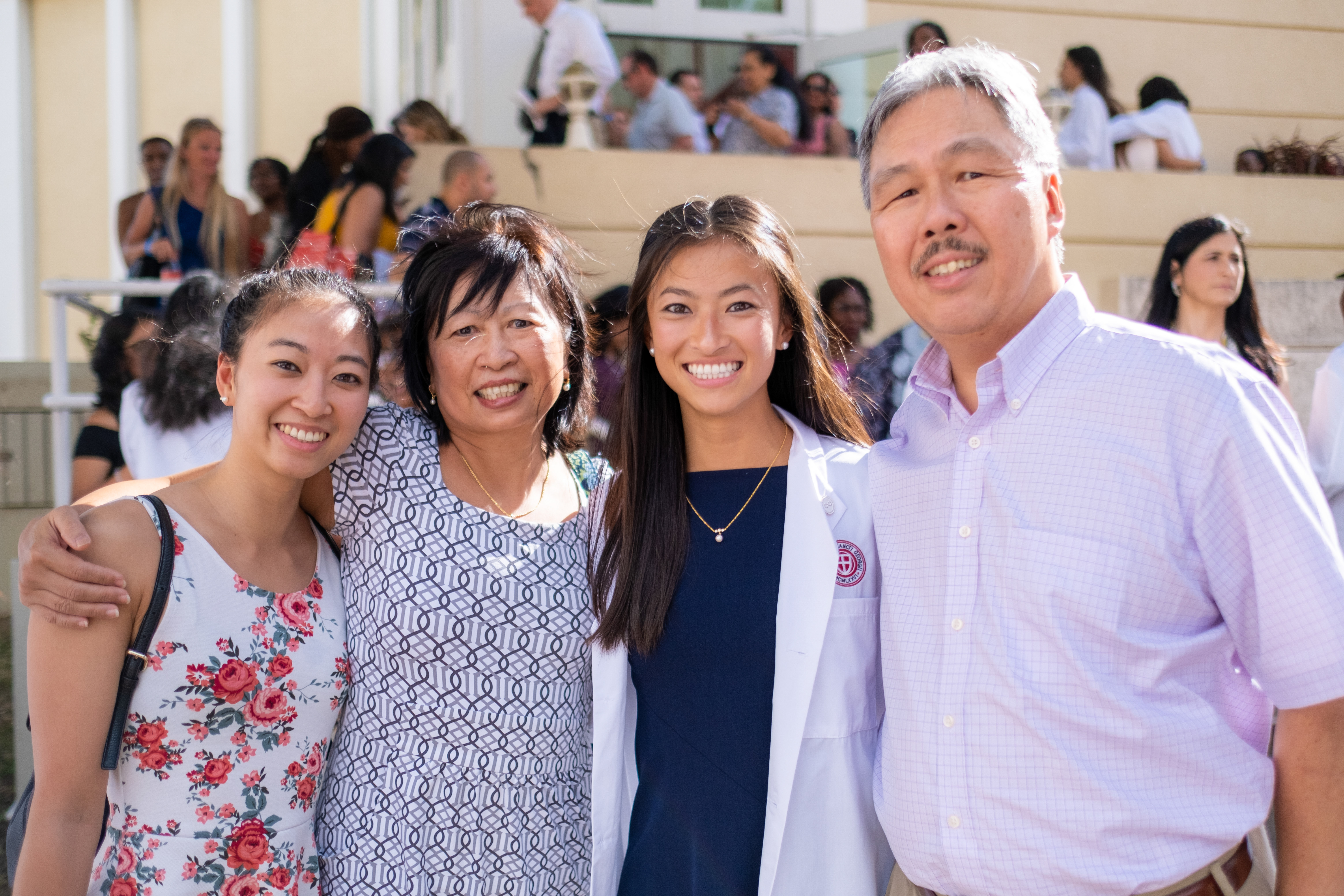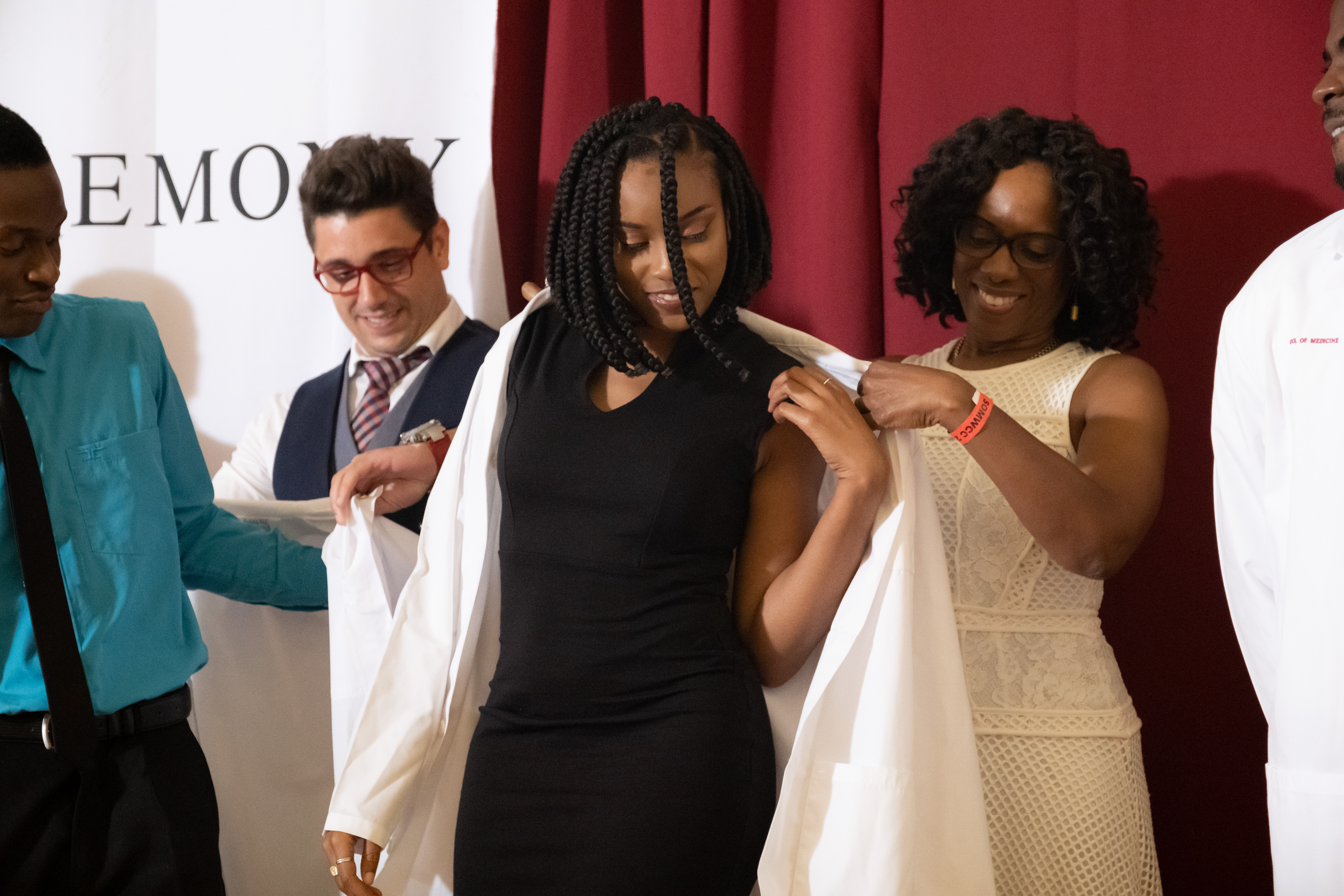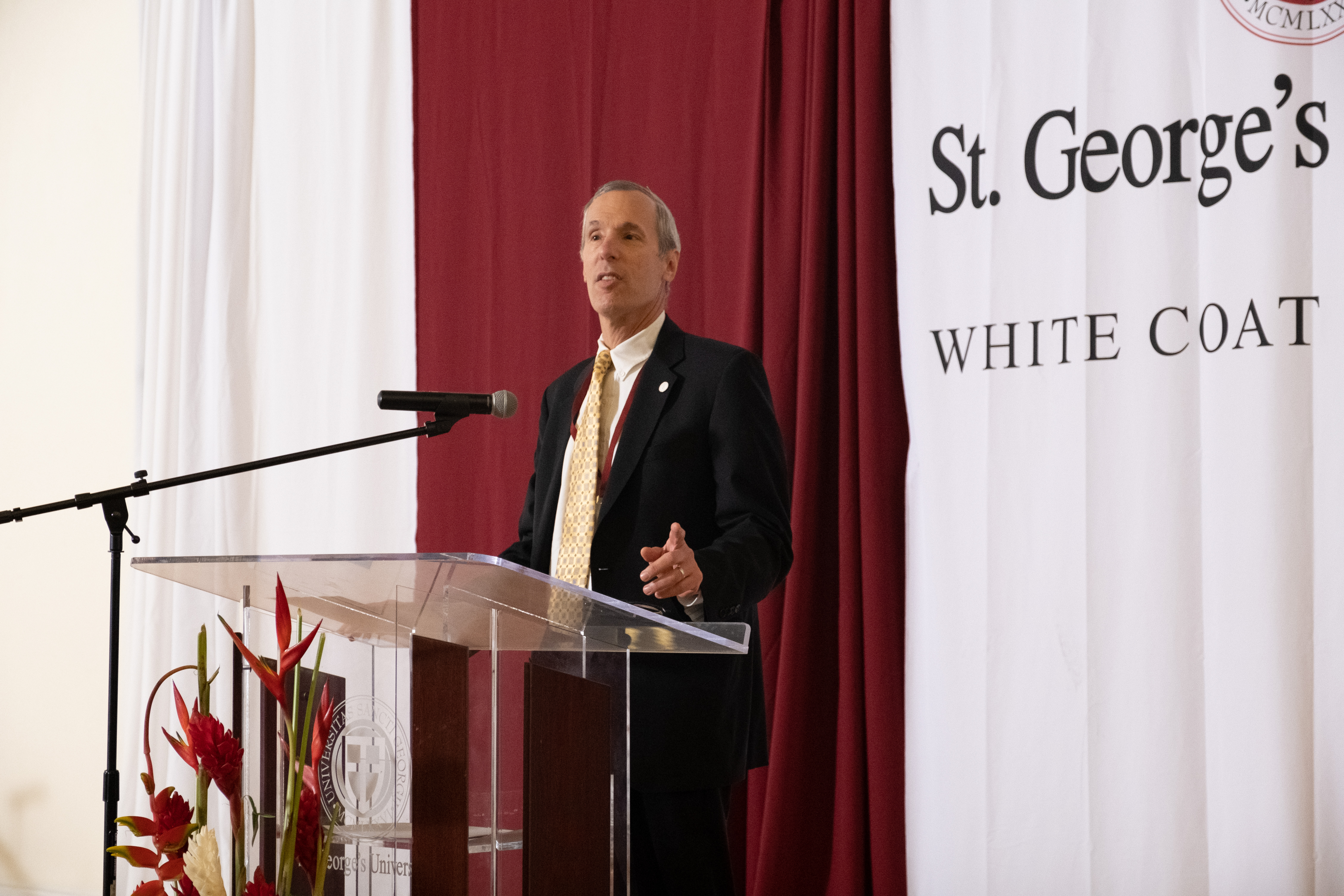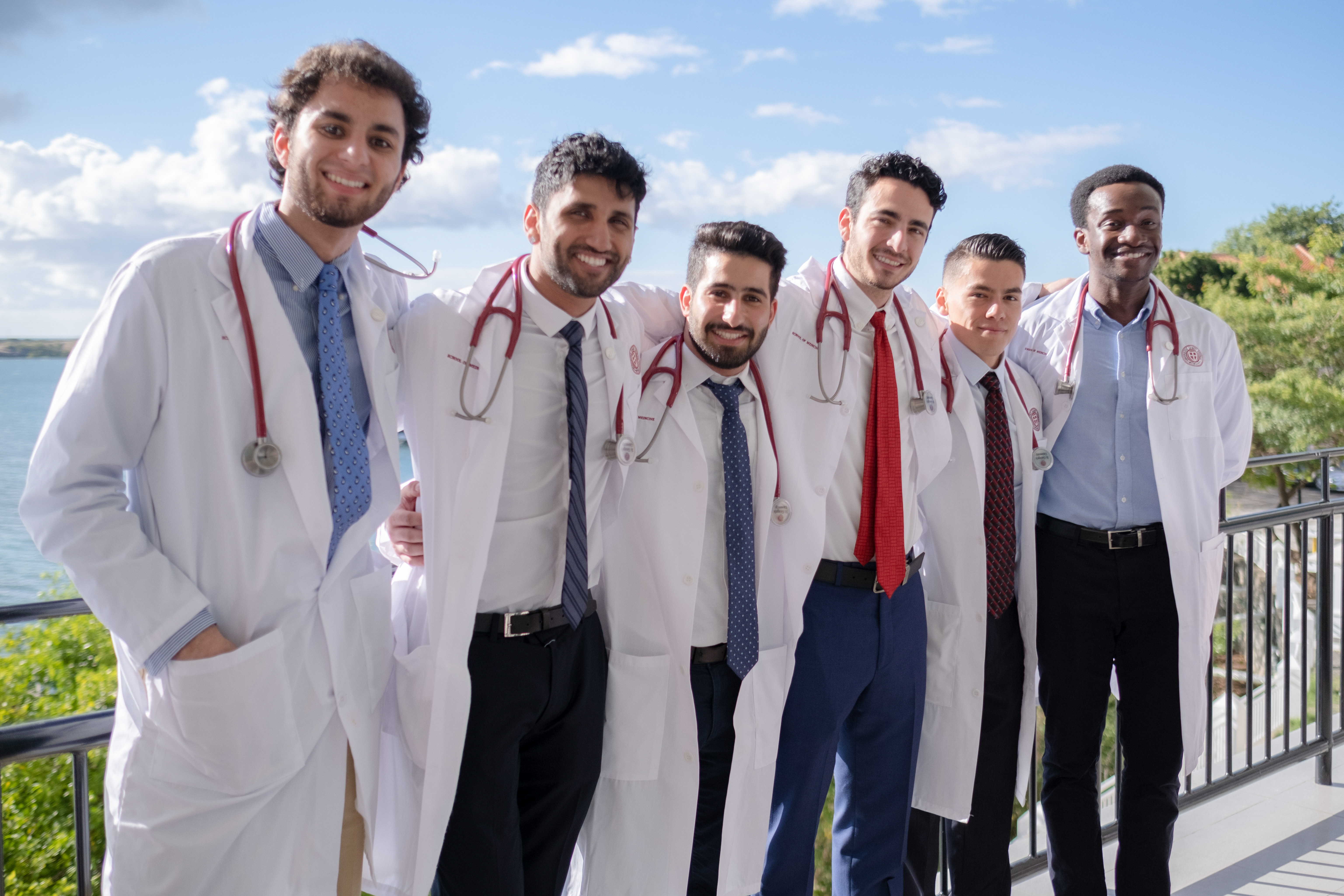On Match Day 2019, St. George’s University students and graduates once again demonstrated their aptitude and excellence, with more than 890 securing first-year residency positions in the United States. The numbers are expected to climb in the coming weeks.
Students matched into highly competitive positions in such fields as anesthesiology, child neurology, diagnostic radiology, emergency medicine, family medicine, internal medicine, internal medicine/emergency medicine, internal medicine/pediatrics, neurology, obstetrics and gynecology, pathology, pediatrics, physical medicine and rehabilitation, psychiatry, surgery, urology, vascular surgery. They will join residency programs in 42 US states and the District of Columbia this summer.
“We couldn’t be prouder of those who are on to the next chapter in their careers,” said Dr. G. Richard Olds, president of St. George’s University. “Each and every student showed great dedication and perseverance in order to clear each hurdle in their journey, and we’re delighted to see that they’ve been rewarded for their efforts.”
Scores of students gathered at SGU’s Match Day Luncheons in New York City and Miami, collectively celebrating as the match results were revealed by the National Resident Matching Service. Gaelle Antoine, MD ’19 (expected), described matching into her number one choice – the anesthesiology program at Brown University—as “surreal.”
“I’m still processing that my dream actually came true,” she said. “It’s unbelievable. All the sleepless nights and the ups and downs, that I matched at Brown made it totally worth it.”
Ms. Antoine was raised in Haiti before earning her bachelor’s degree at Brooklyn College. When considering options for medical school, she seized the opportunity to enroll at SGU.
“I made such long-lasting friends in Grenada, and met some amazing professors, mentors, and faculty members,” she said. “As much as I want to say that I did a lot of it, SGU really played a big part of my success. The education was tailored for me to make it to the top, which is where I am right now.”
She now joins a diverse residency program that “represents America as well as the best of the population in medicine.”
Al Lore, MD ’19 (expected), will join the Department of Obstetrics and Gynecology at Beaumont Health in Dearborn, MI. As an SGU student, he appreciated the camaraderie among his medical school brethren in Grenada, and felt a similar tight-knit community at Beaumont.
“When I went to interview, as soon as I walked into the department, everyone was so welcoming,” he said. “It felt like such a great working environment to work in for the next four years of my life.”
Like other Class of 2019 members, Mr. Lore waited anxiously for the news to arrive on Match Day. It proved to be well worth the wait.
“This whole week, I was like a kid on Christmas Eve waiting for Christmas Day to come,” he said. “You can’t wait for it to arrive, and then when that moment hits, it’s just an incredible feeling.”
Adam Lane, MD ’19 (expected), will begin residency with the internal medicine program at Zucker School of Medicine at Hofstra/Northwell/Mather before going on to a diagnostic radiology residency at Morristown Medical Center in Morristown, NJ. Even for someone who describes himself as “laid-back,” Match Week made for an anxious time. He was thrilled to discover that he’d go into Atlantic Health’s program at Morristown.
Mr. Lane feels that his inquisitive nature is a natural fit with the field, and he’s also looking forward to serving the departments throughout the hospital.
“Some people think you just sit in the dark looking at imaging, but it’s so much more than that,” he said. “You have to have great communication skills. Every single specialty relies on radiology to provide critical insight so that they can better direct their clinical decisions, so you have to be able to communicate effectively. I’m just so excited to get started.”
While some had never visited Grenada prior to medical school, it had long been a second home for Anna Stransky, MD ’19 (expected). Her father, Martin Stransky, graduated from SGU in 1983 before going on a long and successful career in neurology. Anna had first visited there while her father was still a student, and many times over while growing up in Connecticut.
Her own SGU experience has catapulted her to an internal medicine residency position at Stamford Hospital in the aptly named Nutmeg State. It was her top choice.
“The road was long and sometimes bumpy, but I’m very happy to finally have the chance to be a practicing physician,” she said.
Ms. Stransky pointed to her support system as part of the reason for her success. That includes the friends she made on the island.
“SGU started as a ‘mom and pop’ organization, and there remains a very family-oriented vibe around it,” she said. “From day one, everyone is looking out for you. If you ask for help from students or faculty, there’s certainly support there for you.”
“The education was tailored for me to make it to the top, which is where I am right now.”
Like Ms. Stransky, Muaaz Masood, MD ’19 (expected), is headed home. He grew up outside Atlanta, and will begin his internal medicine residency at the Medical College of Georgia this summer.
“Home is a special place for me,” he said. “I felt that especially so at MCG, which solidified that this was going to be the right place for me the next three years.”
Mr. Masood was able to spend time in Georgia, having rotated at DeKalb Medical Center, one of SGU’s 70-plus clinical affiliates. He also took advantage of the expansive network of hospitals at which SGU students rotate, having trained in New York, Florida, and California as well. His travels took him well away from where he’d end up, but also gave him great perspective.
“It was a long journey, but it was 100 percent worth it,” Mr. Masood said. “My dream came to life.”
The Match Day news came just two weeks after 16 SGU students secured first-year residency positions in Canada through the Canadian Resident Match Service. For the complete list of 2019 residency appointments and a broad view of SGU’s track record of placing doctors in the US workforce, visit the SGU Graduate Success page.
– Brett Mauser
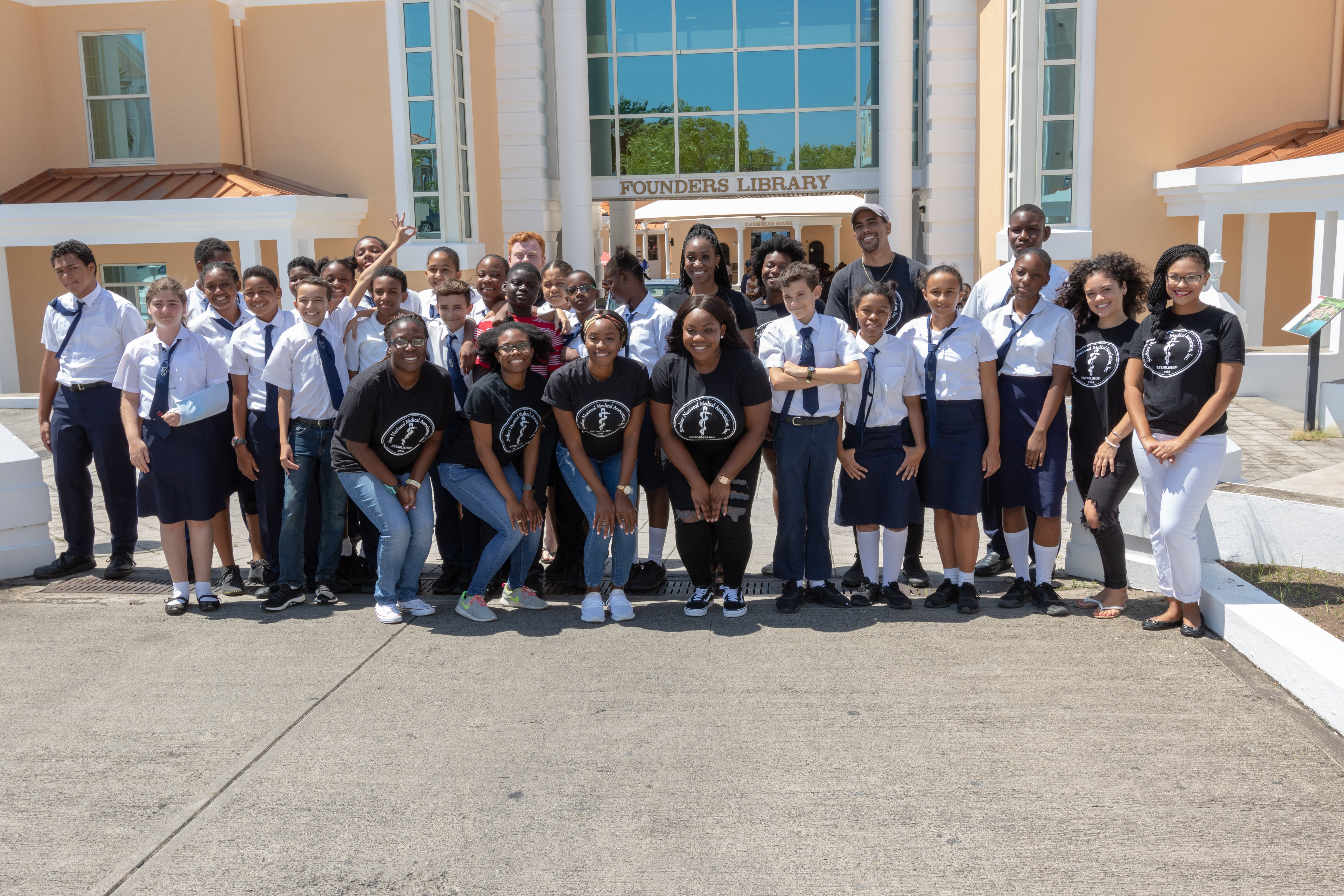
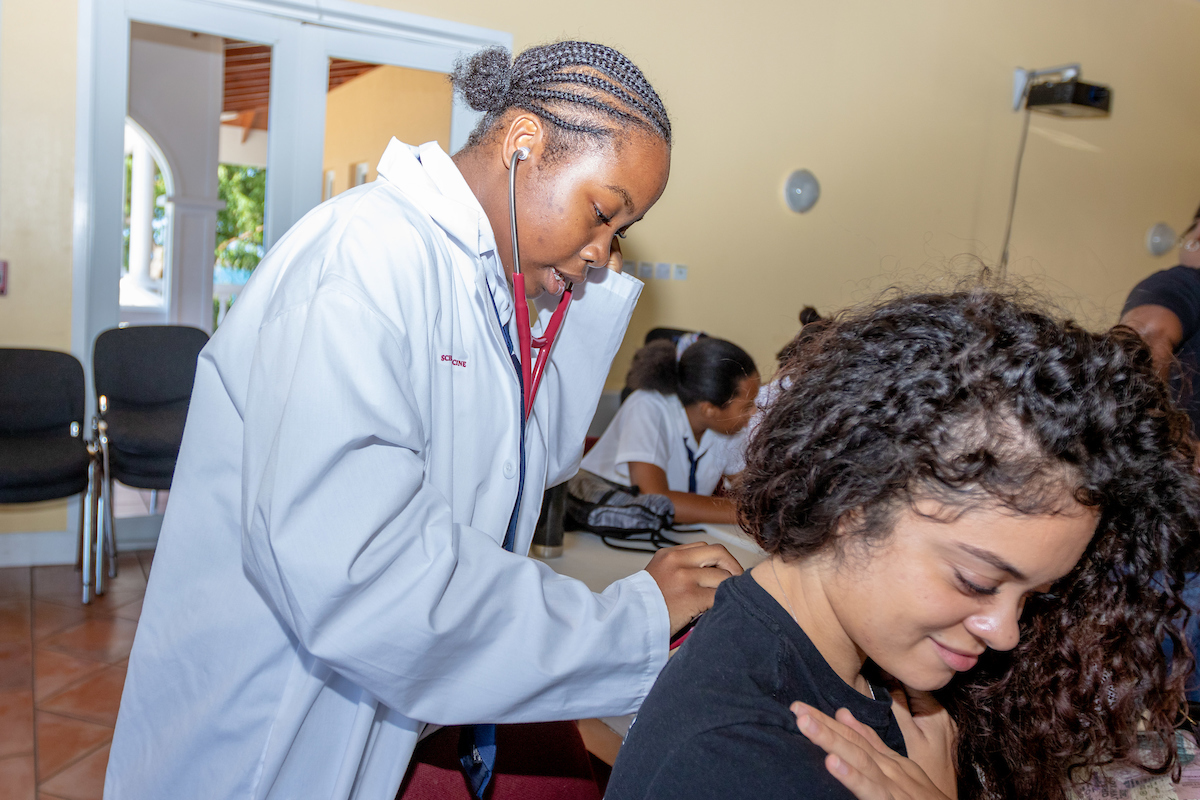
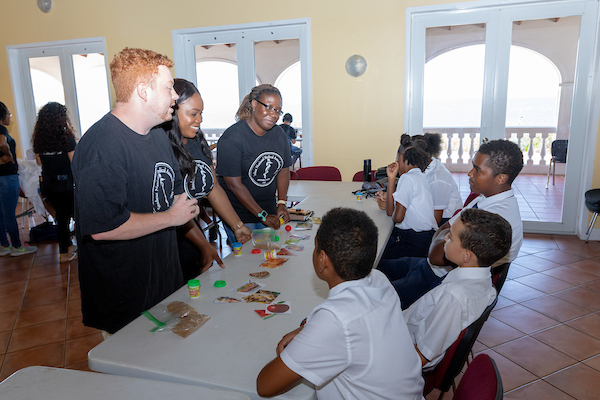
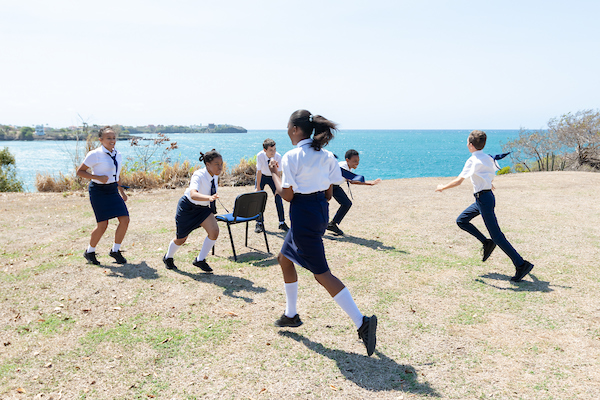
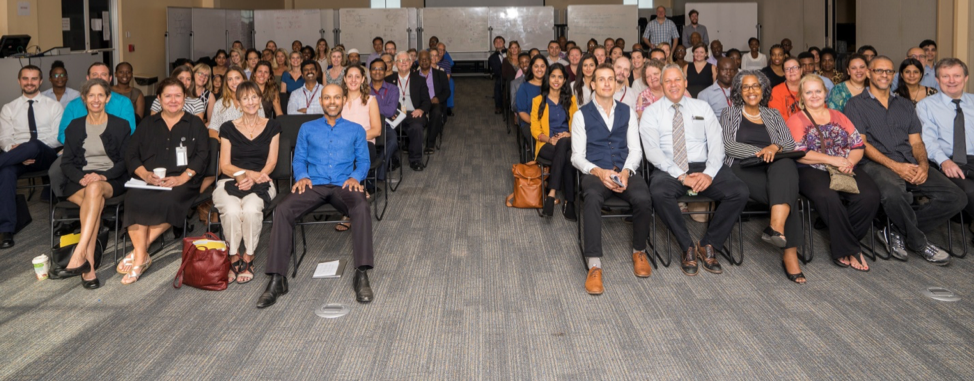
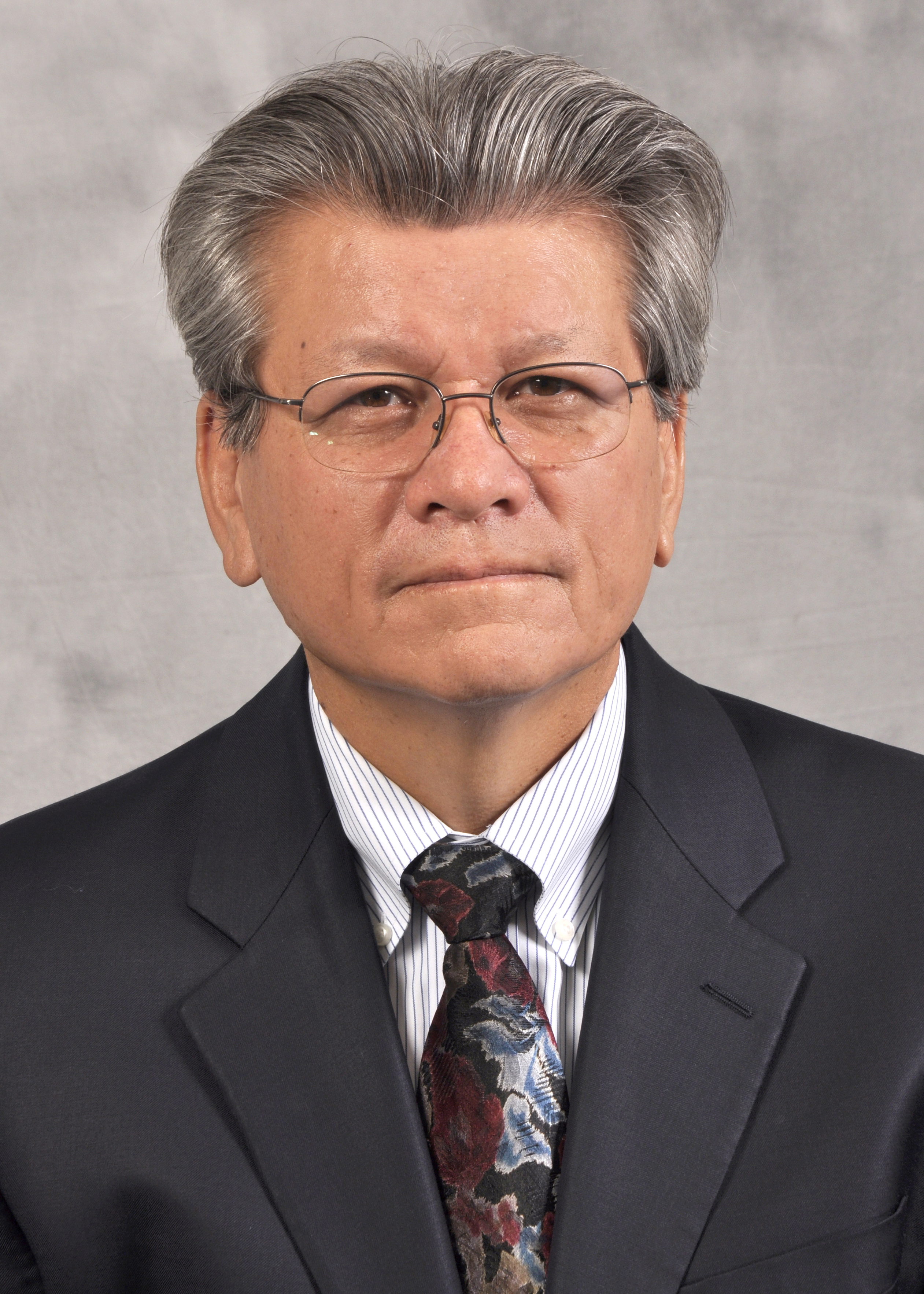
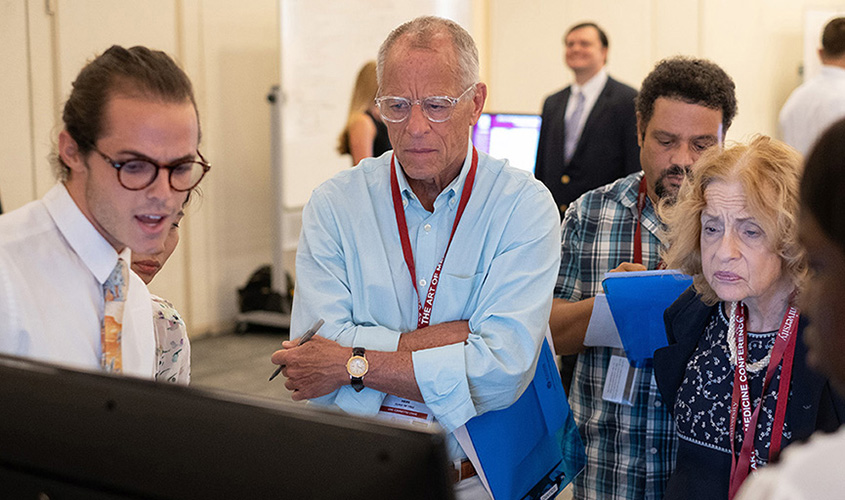
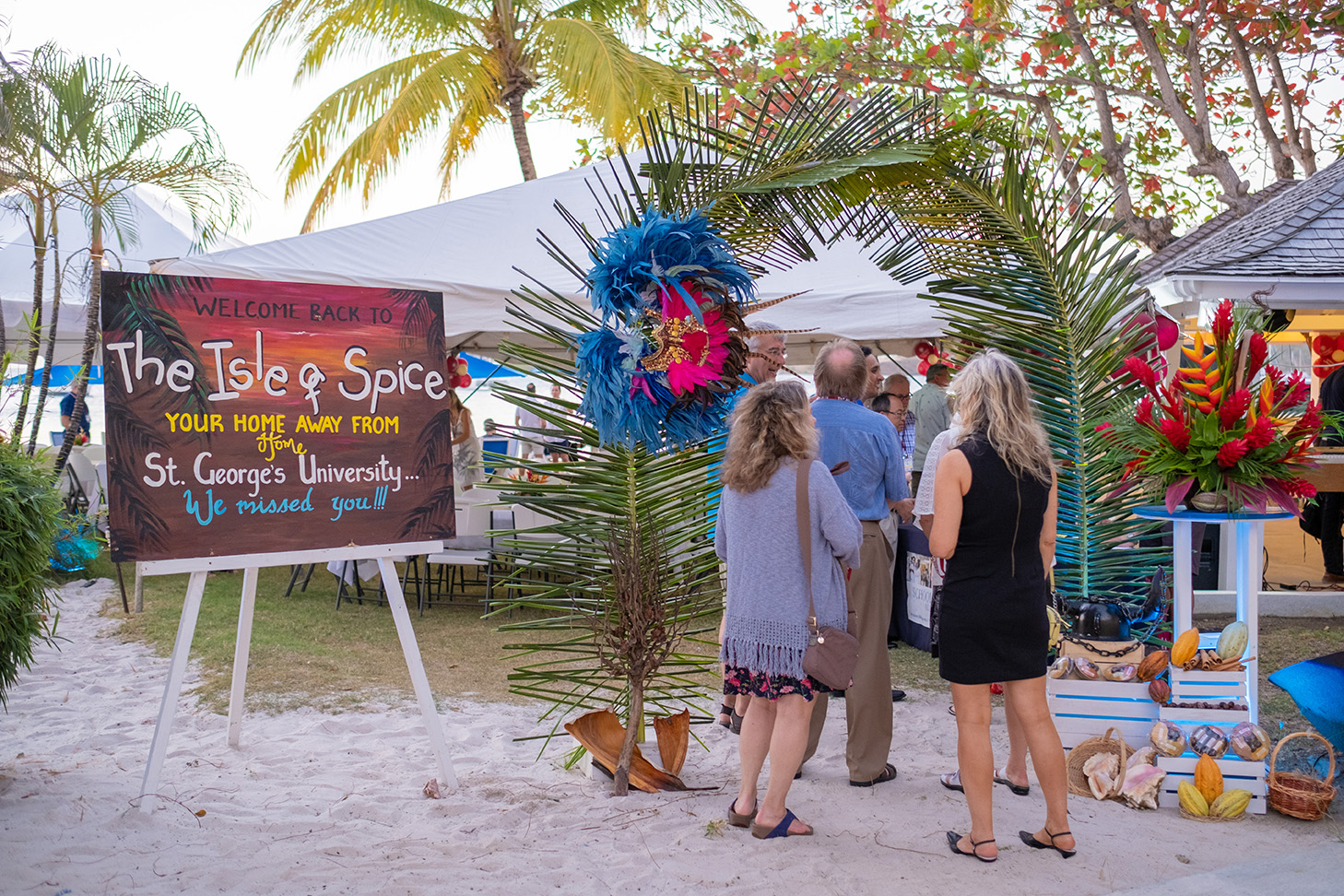
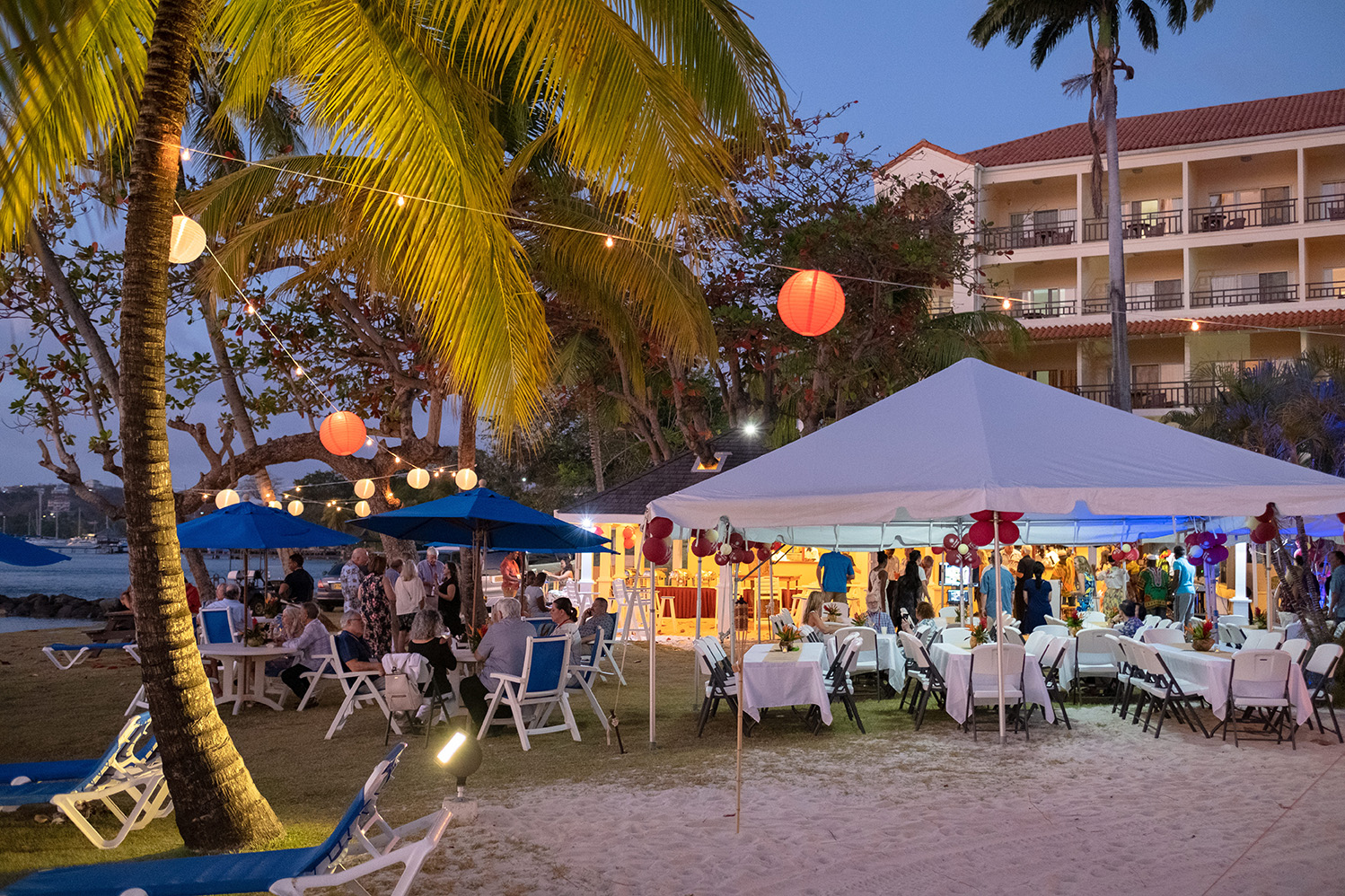
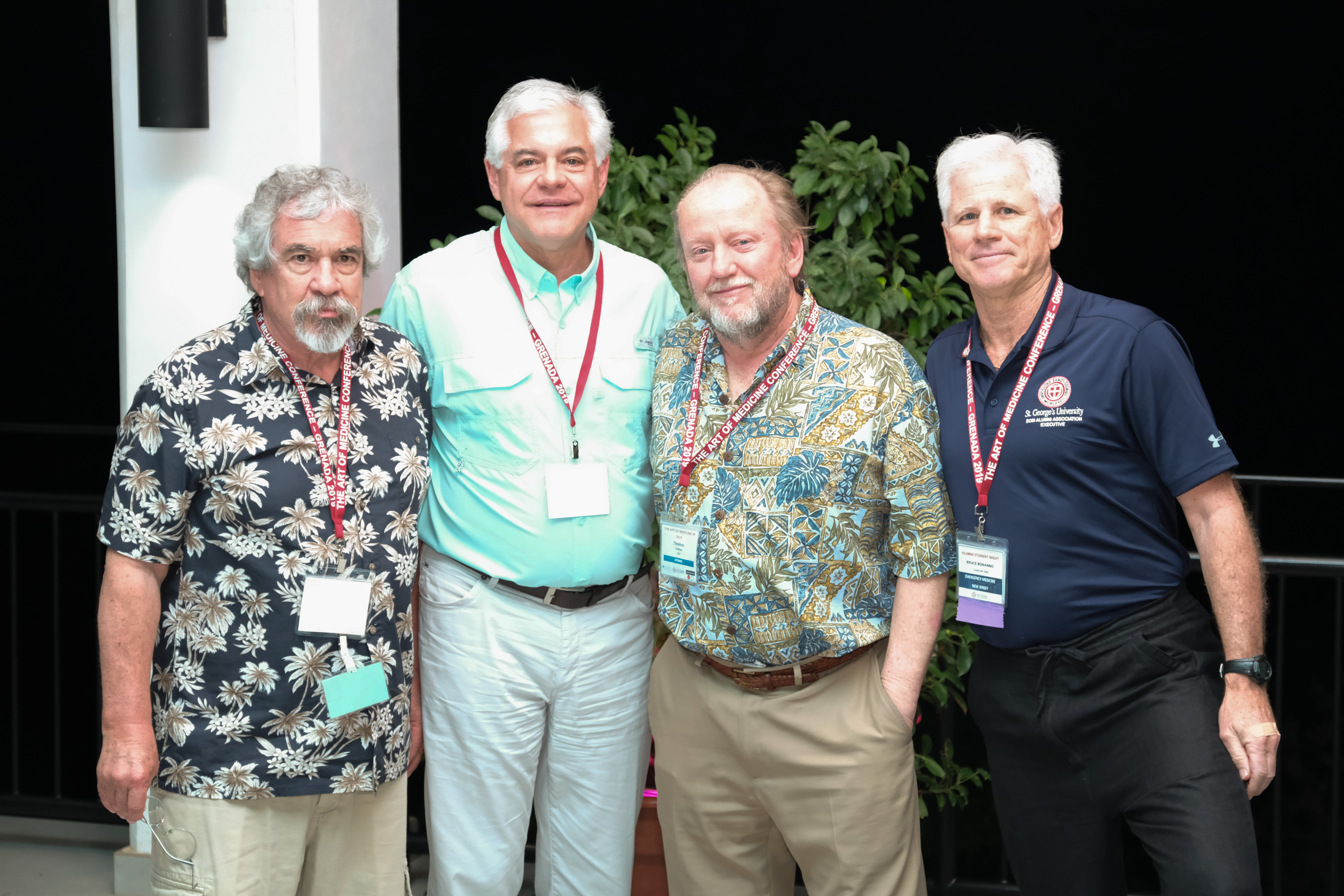
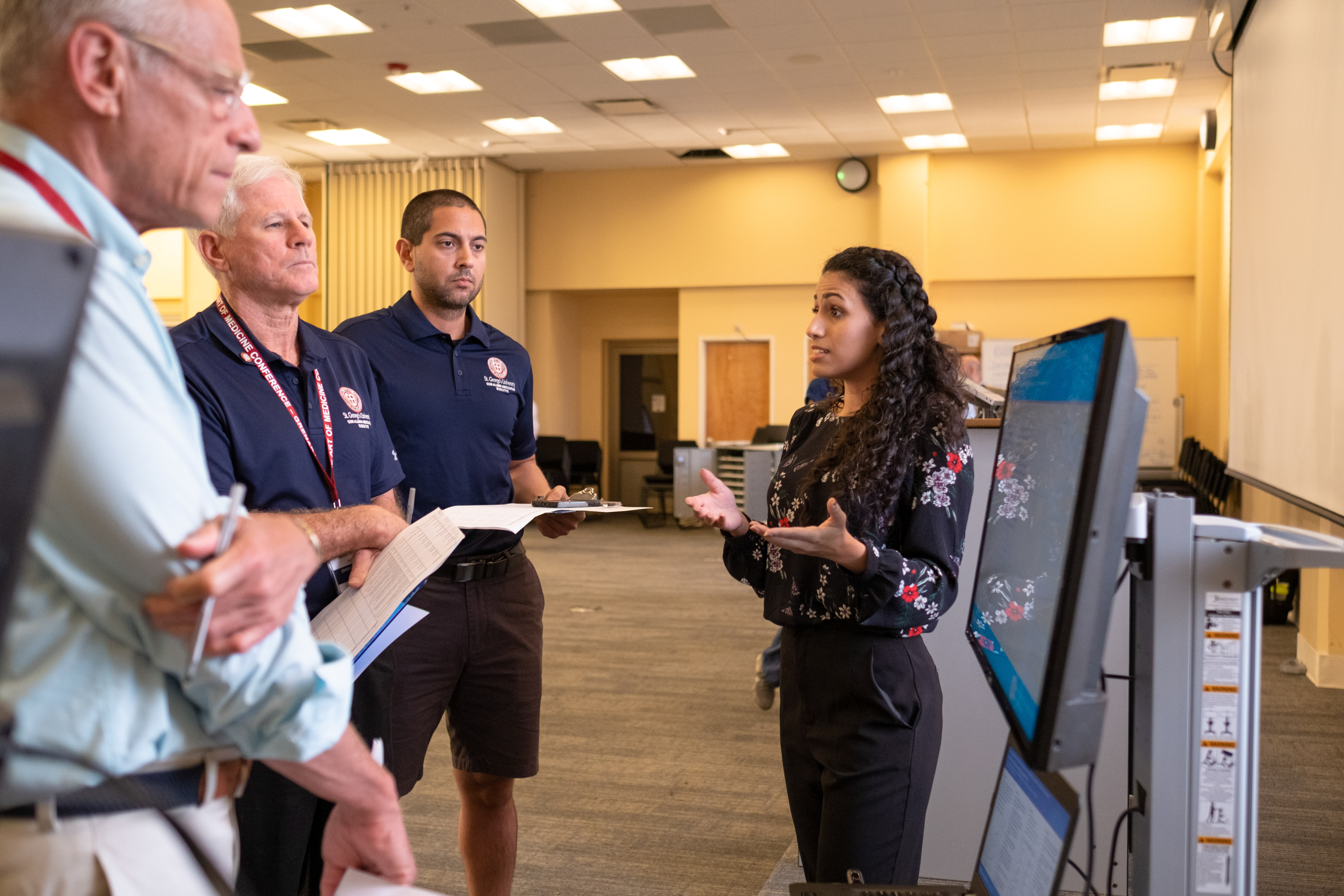
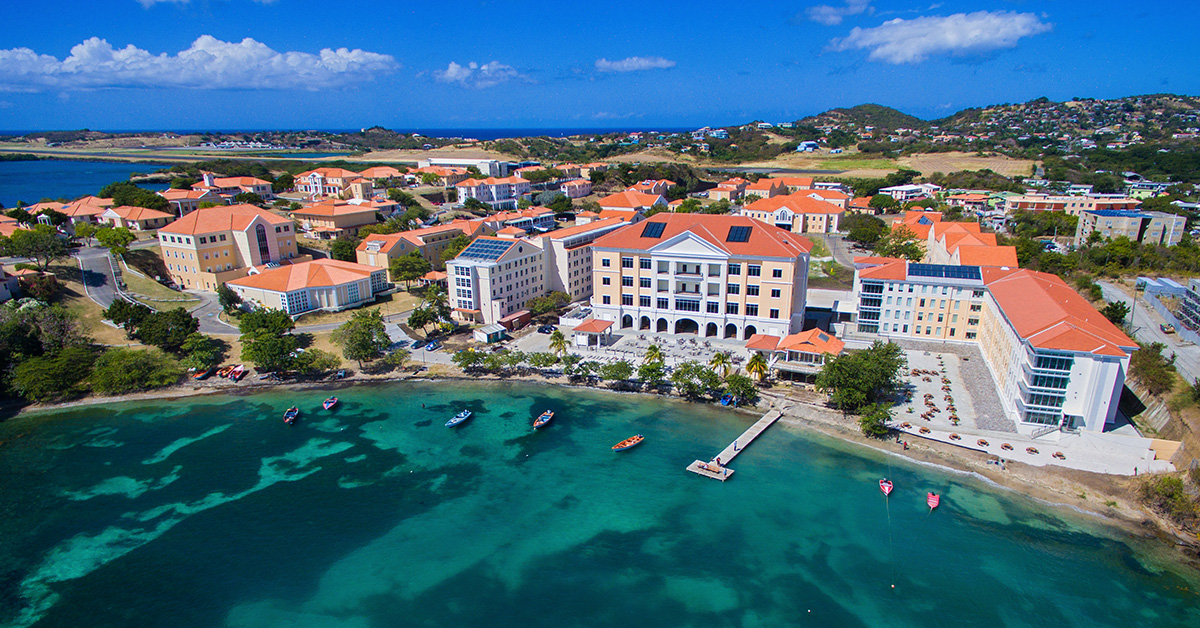
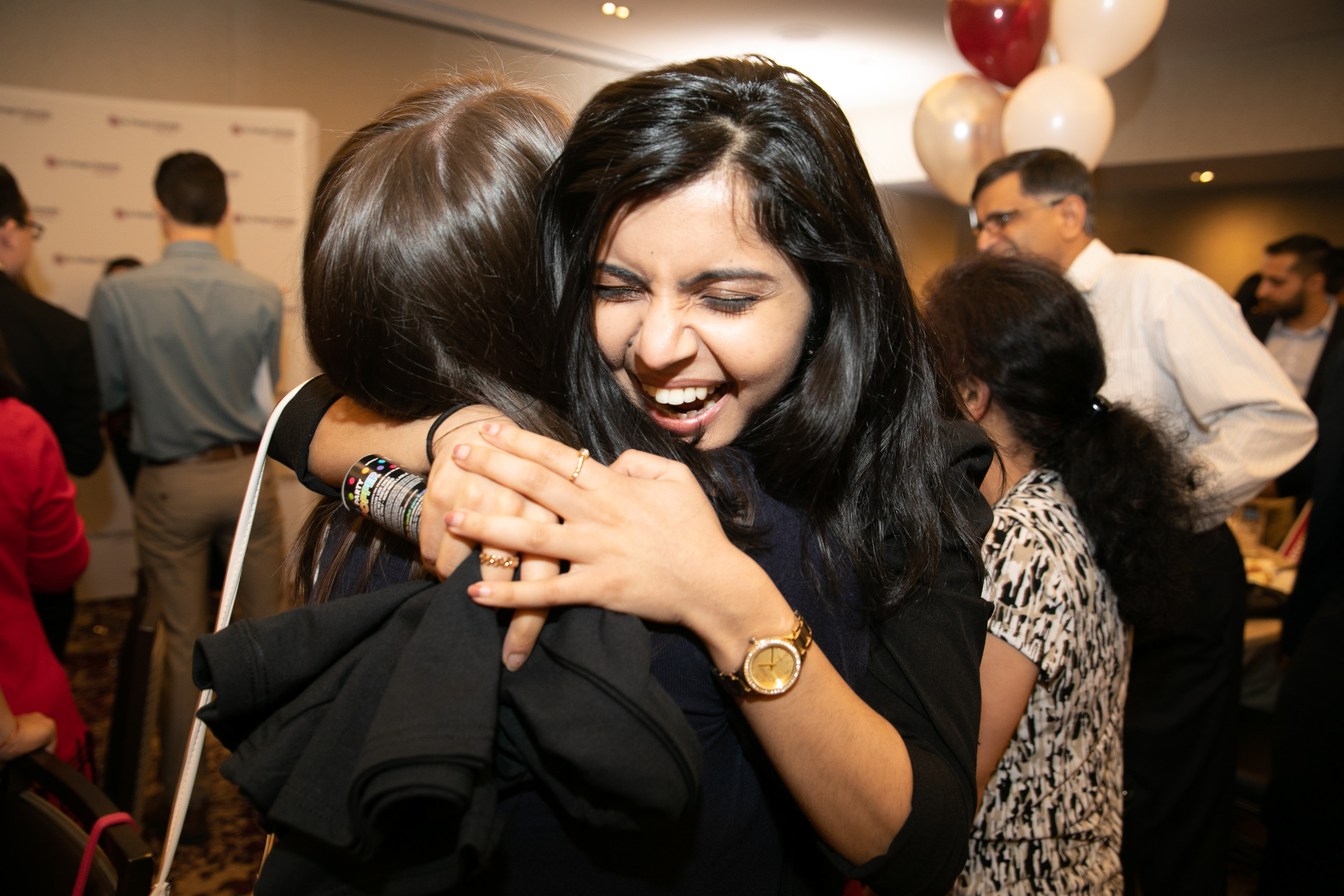
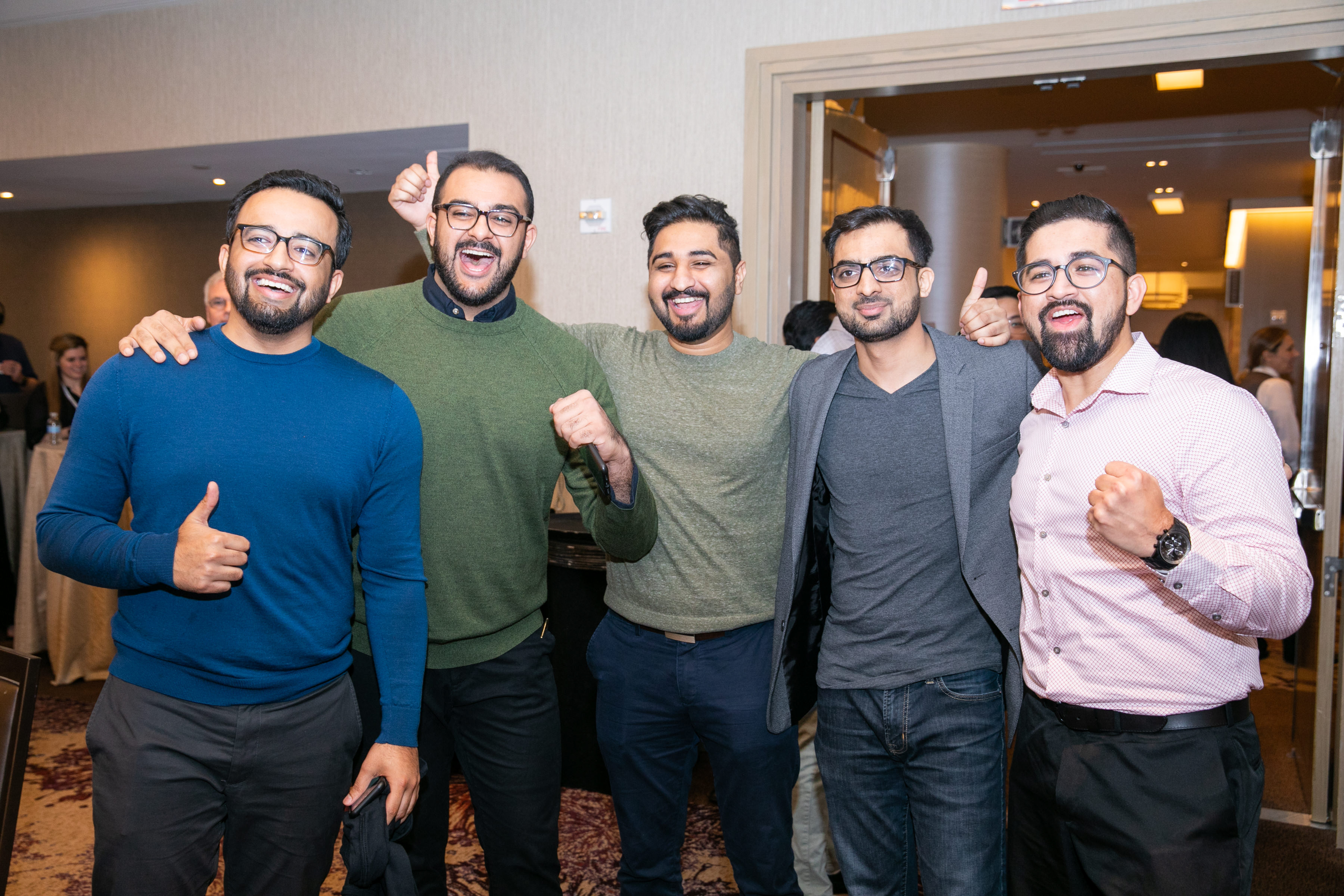

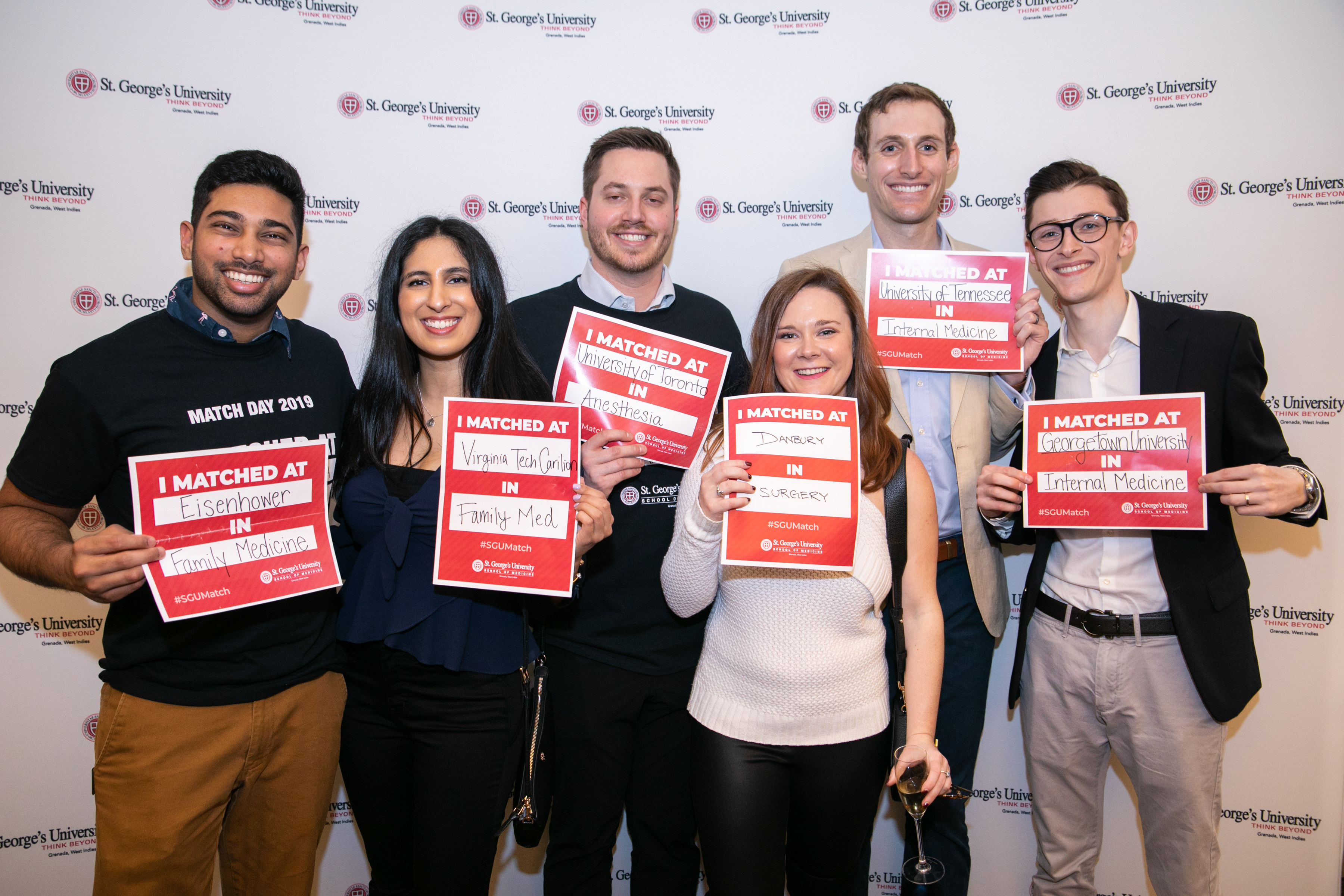
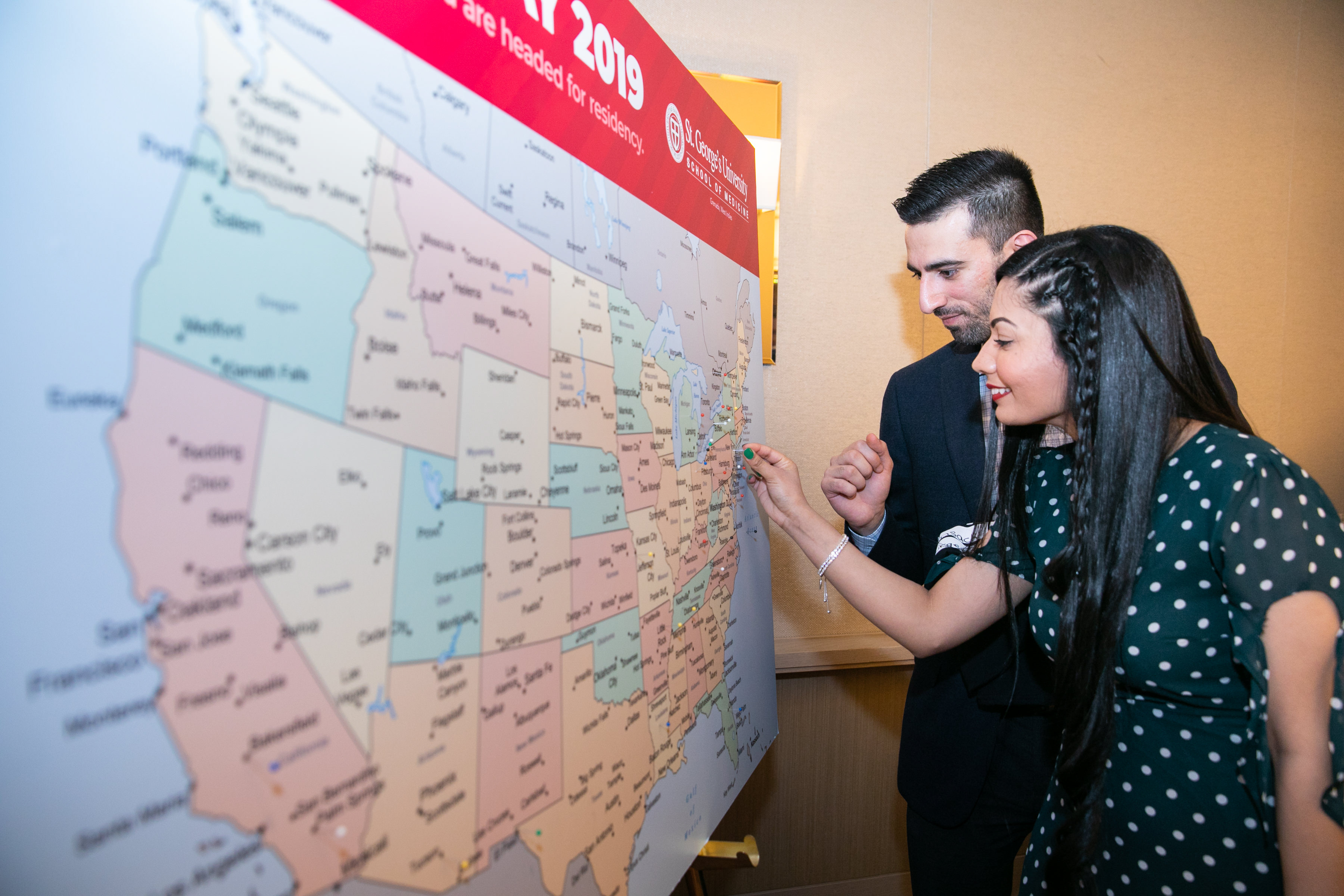
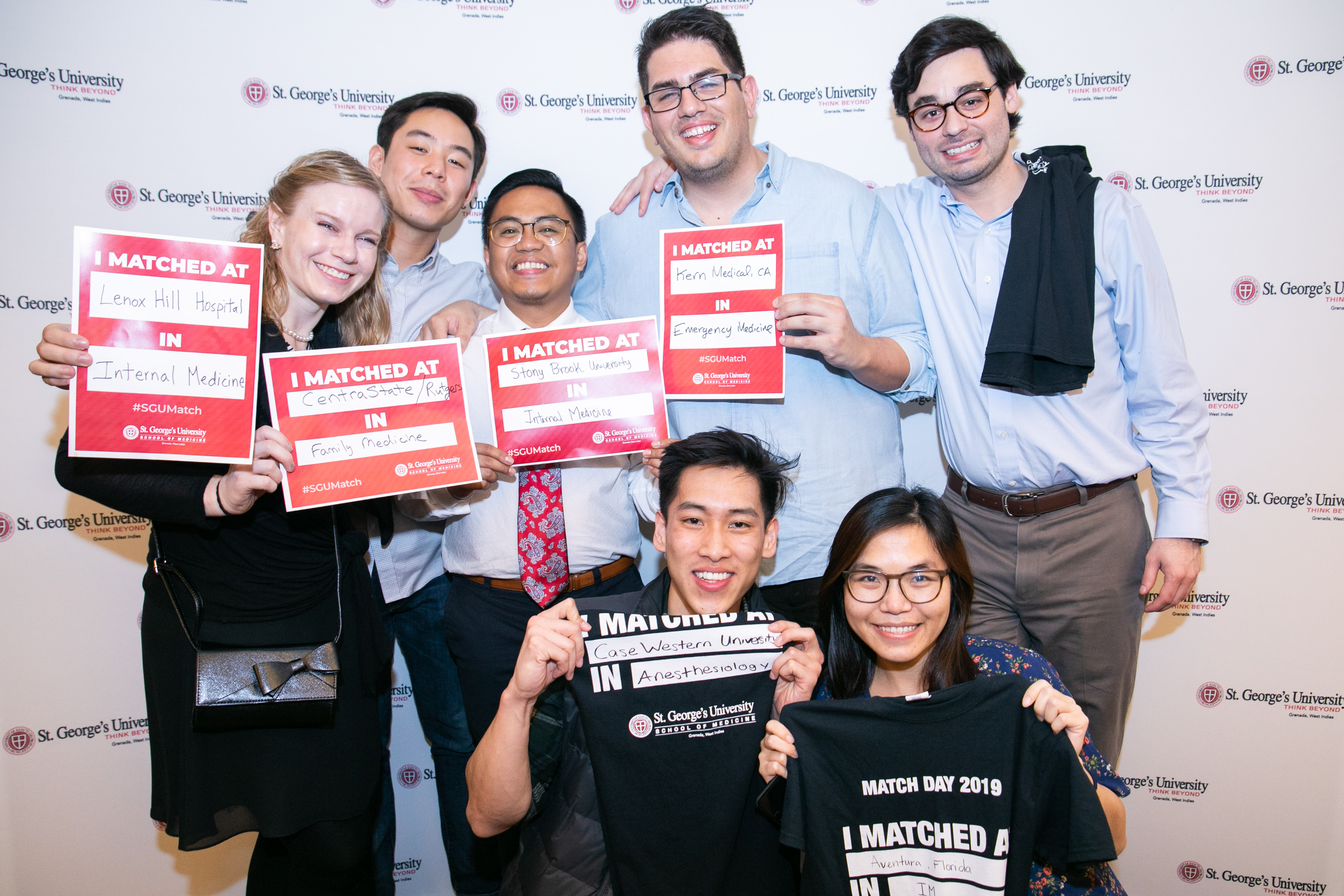
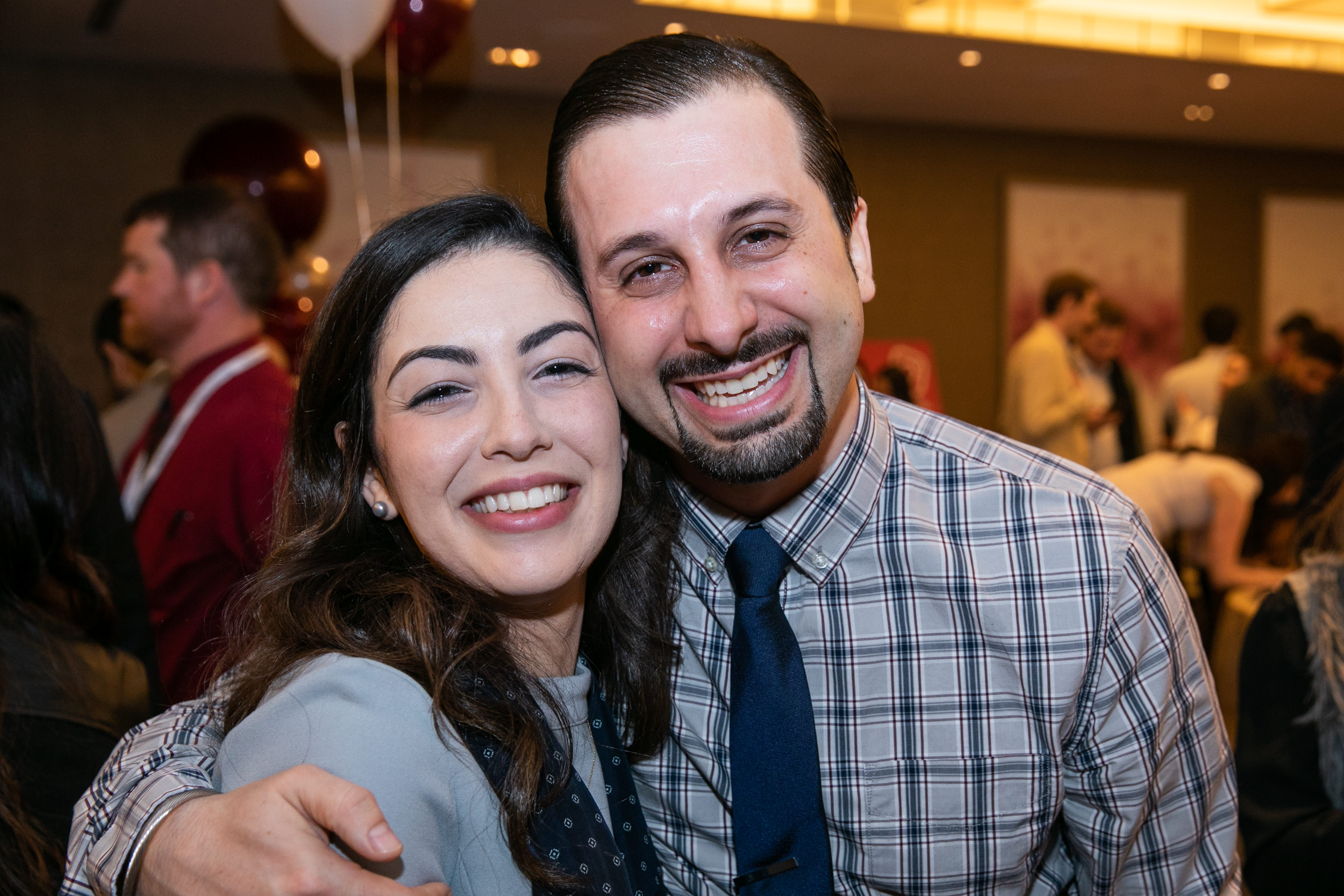
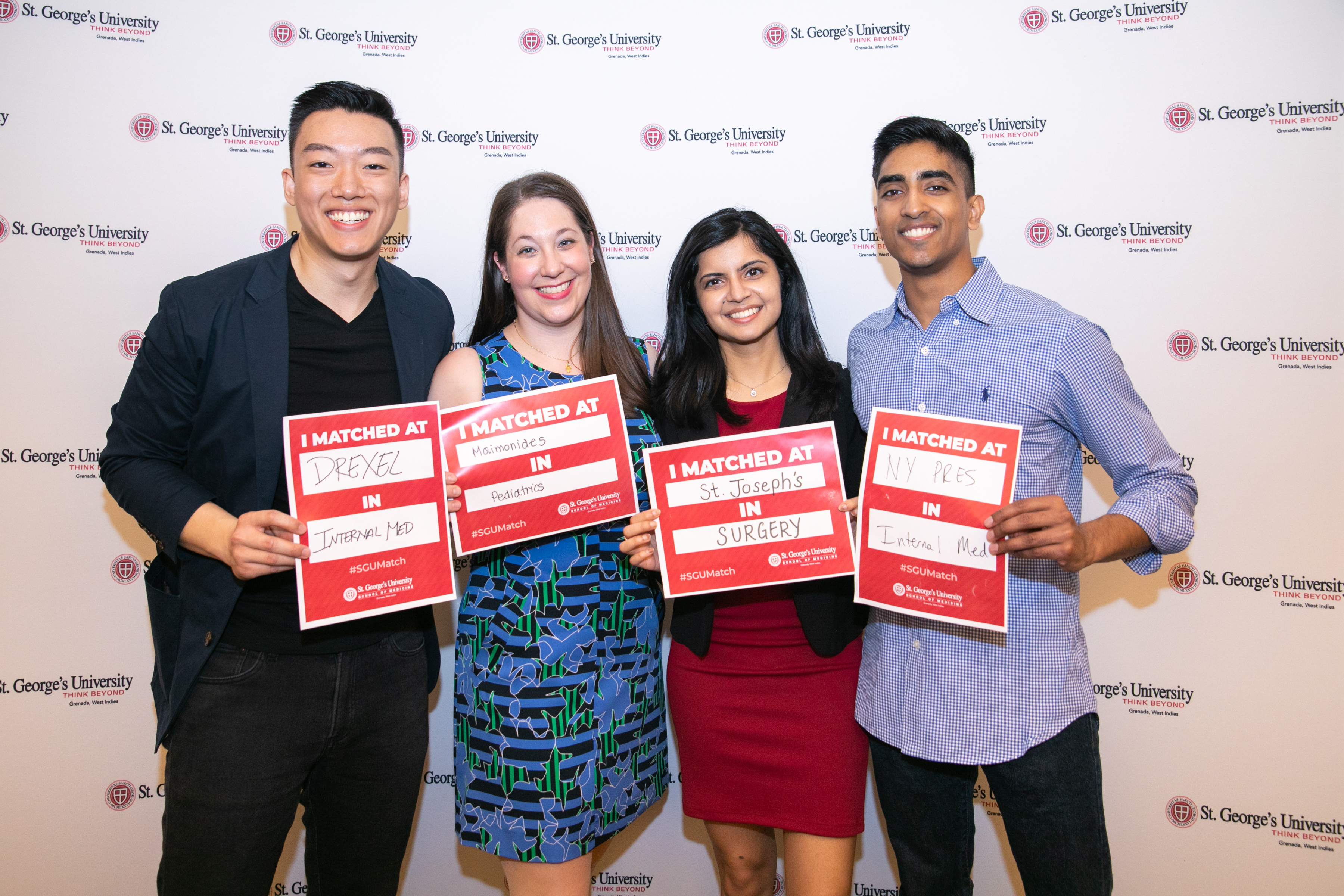
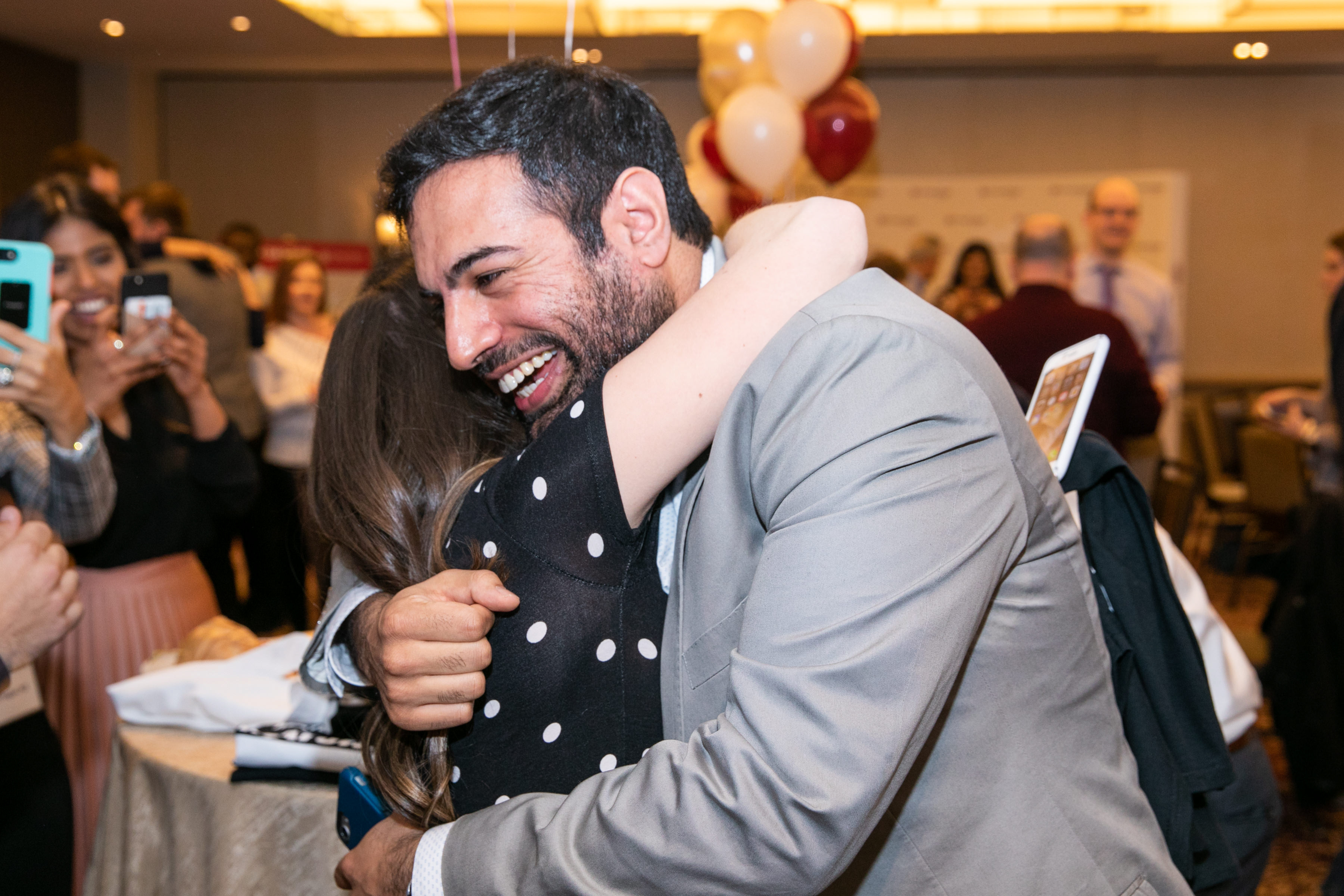
![CD3A5585 copy[1]](https://s36797.pcdn.co/wp-content/uploads/2019/03/CD3A5585-copy1.jpg)
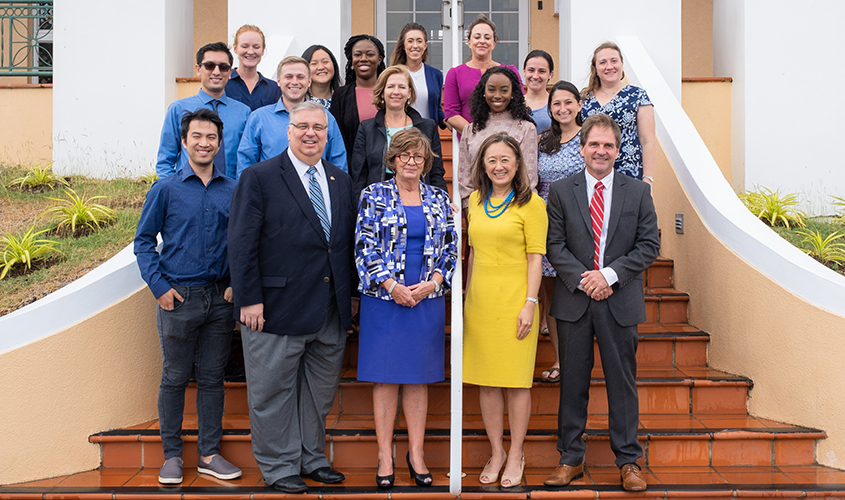
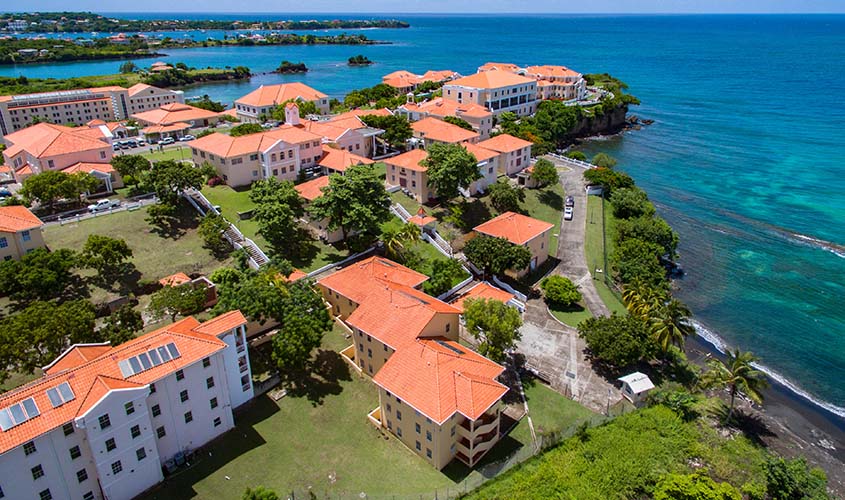 The Rt Hon Patricia Scotland QC, Secretary-General of the Commonwealth, has agreed to deliver a keynote address at the annual conference of the Council for Education in the Commonwealth (CEC) in Grenada from May 21-23 at St. George’s University.
The Rt Hon Patricia Scotland QC, Secretary-General of the Commonwealth, has agreed to deliver a keynote address at the annual conference of the Council for Education in the Commonwealth (CEC) in Grenada from May 21-23 at St. George’s University.